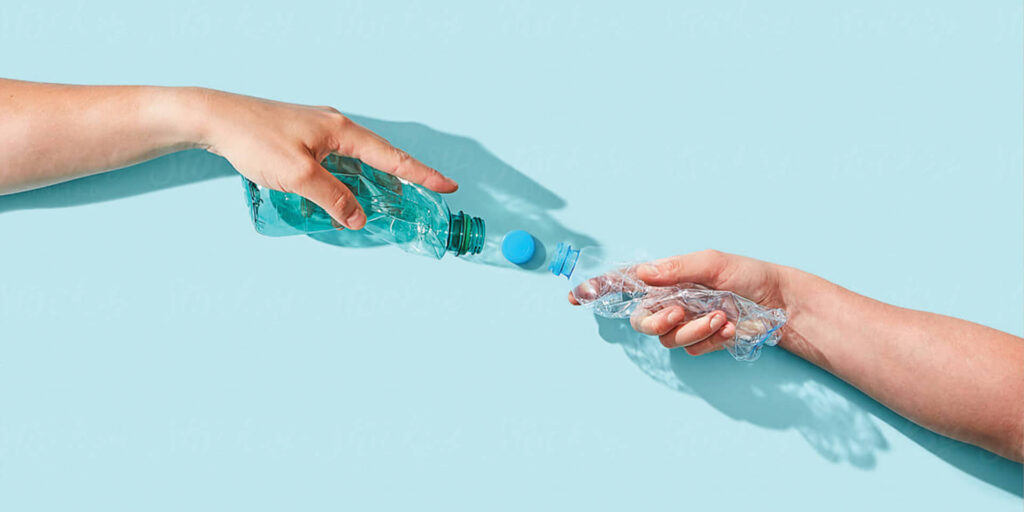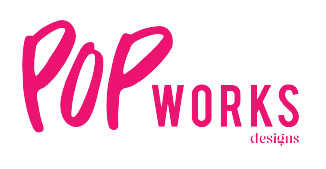55% of consumers are willing to pay more for environmentally friendly products. DesignRush reached out to experts to discover the ways consumers can recognize greenwashing in packaging design.
According to LendingTree, 55% of consumers would pay more for environmentally friendly products. It suggests why the International Consumer Protection and Enforcement Network (ICPEN) reports that 40% of organizations make misleading and potentially law-breaking environmental claims.
DesignRush, a B2B marketplace connecting businesses with agencies, leveraged its 13,000-agencies-strong network for quick insights – or “QuickSights” – on the ways consumers can recognize greenwashing in packaging design.

1) LOOK FOR PROOF OR SUPPORTING INFORMATION
Megan Killion Consulting CEO Megan Killion claims that some companies market single-use plastic bottles as environmentally friendly. As this is a common example of greenwashing, consumers should be suspicious if the business cannot explicitly provide proof of its claims.
“If you notice that a package is plastic and not reusable, but the company claims they are ‘green’ in their marketing, you’ve likely fallen victim to greenwashing,” said Killion. “Greenwashing is usually indicated by selective disclosure, symbolic actions, hidden trade-offs, lack of proof, suggestive imagery and overall vagueness regarding green efforts. If a business cannot tell you explicitly how they are contributing to less waste and benefiting our environment, it’s likely just a marketing ploy.”

Pratika Poorswani, founder and creative head at PopWorks Design House, also agrees that if packaging statements lack supporting information, they are not truly green.
“Inspect ingredient lists on products,” said Poorswani. “If the text on these packages lacks substantial information, there’s probably a reason for that — because there’s no substance to their claims! For example, a product may read x% biodegradable — the product is either completely biodegradable within human life or not, there’s no in-between.”
2) CHECK PRODUCT CERTIFICATIONS
Robin Hamer, a packaging specialist at Wabs Print, says that consumers should look for approved seals to help verify the claims.
“[…] If you’re in a hurry, always remember to look out for approved seals such as USDA Organic, Non-GMO Project, Fair Trade Certified, Rainforest Alliance Certified and many more,” said Hamer. [You] should have proper knowledge of these verifications in order [to] be sure of what you’re going to get and how it’s processed.”



